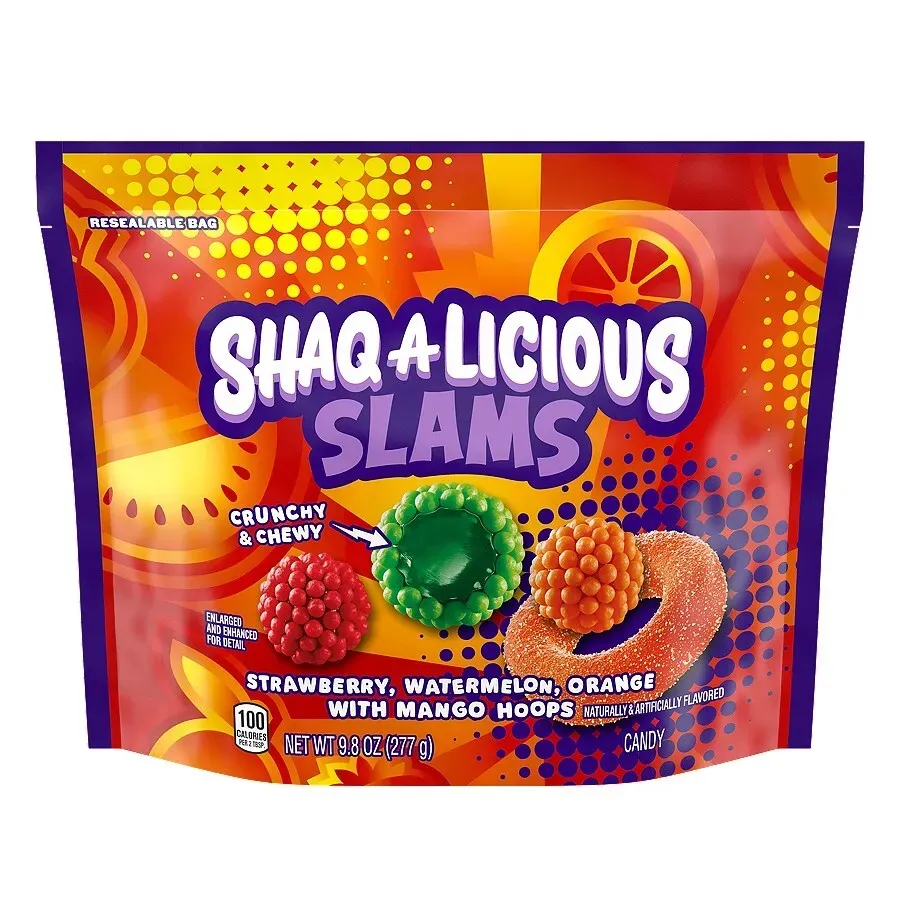WASHINGTON — Longtime No. 1 Walmart retained first place on the National Retail Federation’s annual list of the top retailers, followed by Amazon.
The 2023 Top 100 Retailers ranks the industry’s largest companies according to domestic sales. Walmart headed the list — compiled by Kantar — with $499.65 billion in U.S. retail sales in 2022. Amazon came in second with sales of $232.46 billion, followed by Costco Wholesale Corp. ($164.15 billion), Kroger Co. ($147.62 billion) and Home Depot ($145.94 billion).
Among the top 10, there were some slight shifts: Kroger (No. 5 to No. 4); Home Depot (fourth to fifth); Target Corp. (No. 7 to No. 6); CVS Health (eighth to seventh); and Walgreens Boots Alliance (No. 6 to No. 8).
“Collectively, retailers were consistent across the board last year because most everybody grew, and at more or less the same rate,” said Kantar senior vice president David Marcotte.
Exceptions to the steady gains included Signet Jewelers, which jumped 10 spots to No. 56. That reflects the recent acquisition of Blue Nile and Diamonds Direct. But it also speaks to supply chain: The size and portability of jewelry means it’s significantly less likely to be affected by these issues than, say, furniture.
On the downside, Dell Technologies (No. 39) stands out with a sales decline of 20.3% from 2021. Kohl’s (No. 30) was also notable with a drop of 7.1%, landing at $17.19 billion in 2022 U.S. sales.
As for Bed Bath & Beyond, which was No. 64 on last year’s list and is absent this year, “that was absolutely no surprise to anyone, except to the newspapers,” Marcotte says.
Growth in the warehouse club and mass merchandise sectors, meanwhile, isn’t just in the U.S., he says. It’s global. Simply put, “People are comfortable putting out the membership fee to buy into the value proposition.” This is a dynamic category to watch, well established in the U.S. but with “a great deal more room for expansion.”
Power Players here include Walmart, Amazon, Costco and Target. Walmart’s same-store sales advanced 8.2%, while Costco’s climbed 10%.
Chain drug retailers CVS, Walgreens and Rite Aid Corp. (No. 29) have suffered from a lack of labor, says Marcotte. “You cannot run a drug store without a pharmacist, and there’s been a severe shortage of pharmacists in all three chains.” As a result, they’ve shortened hours and closed stores, and that’s reflected in the numbers.
There’s also a lack of cash flow for remodels. CVS and Walgreens have battled staffing challenges by moving aggressively into automated prescriptions, he notes, “but it’s still a tough market.” He expects the relatively soft numbers to continue.
Among grocers, Aldi, at No. 15, rang up an 8.1% increase in U.S. sales, to $40.21 billion. It also boosted its number of U.S. stores by 4.3%. Marcotte expects the company to expand in the coming year, and perhaps move further up the list.
Many don’t realize that the lower the income of a shopper, the less likely they are to take a risk, he says. “They can’t take chances. They need to know what they’re buying, and it’s one of the reasons they tend to be so brand loyal.”
The chain’s prices, however, are low enough that even its customers are willing to experiment. Aldi does exceptionally well with store brands and offerings — like German items at Christmas — that shoppers can’t find elsewhere, he says.
Germany-based Aldi exemplifies a general movement of international companies to the U.S. Last year was the first to see the trend “in higher relief,” Marcotte says. The U.S. is still considered stable, safe and growing.
Mexican firms have taken particular interest: Grupo Comercial Chedraui’s acquisition of Smart & Final Holdings Inc. landed the company at No. 57, with 137.3% U.S. sales growth and 205.7% growth in U.S. stores.
Femsa, which owns Oxxo convenience stores in Mexico, is “very, very bullish on moving into the U.S.,” adds Marcotte.
7-Eleven (No. 19) and Circle K (No. 42), are owned by Alimentation Couche-Tard. “That’s not new,” Marcotte comments.” What is new is that both are aggressively trying to expand their U.S. footprint.”





